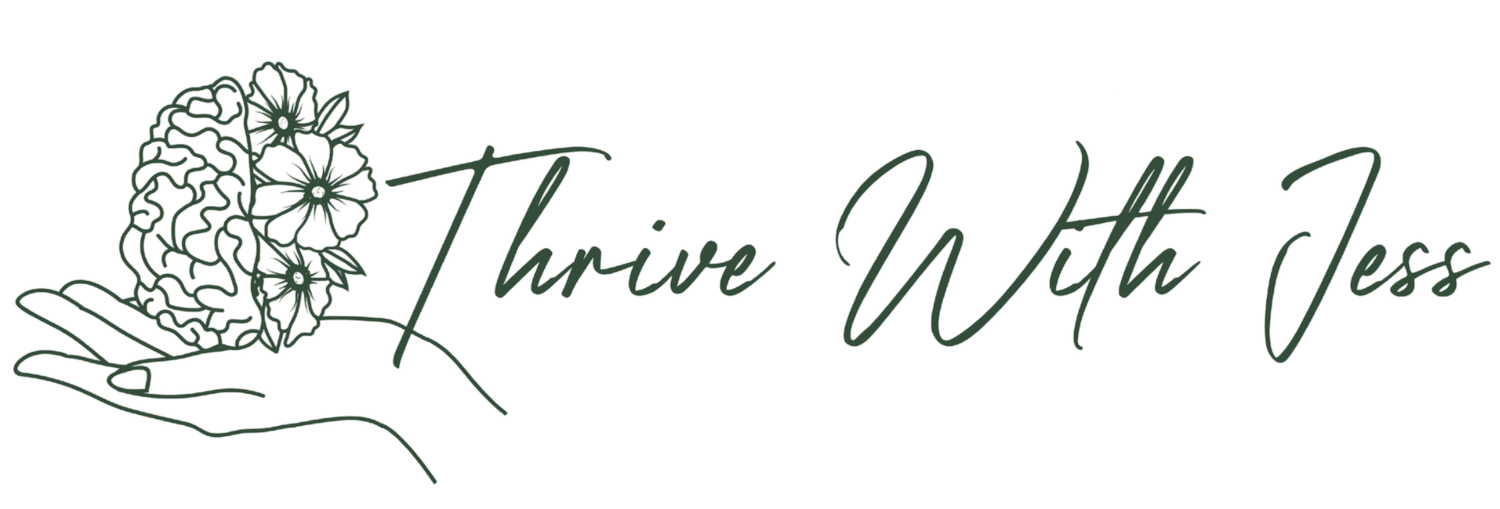You Say ‘I’m Fine’ — But You’re Not: The Cost of High-Functioning Pain
If someone were to ask you “how are you doing?”, you’d probably tell them “I’m fine,” right? And you’d probably mean it.
So many people walk into the therapy room and say the same thing. “I’m fine.” I’m kind of a stickler about that—because the word fine? It doesn’t actually tell me anything.
Fine could mean, “I just cried in the bathroom five minutes ago and wiped my face so no one would notice.”
Or maybe it means, “I had a good conversation with a friend and I’m feeling quietly hopeful.”
Or, “I’ve been in survival mode for so long that fine is all I can manage to feel.”
Fine covers everything and nothing at the same time. It’s safe. It’s vague. And for a lot of high-functioning people, it becomes the automatic answer—one you might not even question anymore.
I work with so many smart, capable, resilient individuals who find themselves feeling burnt out inside.
High-functioning pain means that you are doing life—but at a cost. You may be showing up for others, getting all your work done, taking care of things at home… but rarely checking in on yourself.
You might be the strong one, never asking for help. Maybe you minimize your pain because others have it worse. You hold it together all day, but fall apart at night.
Oftentimes, this way of living is something we’ve learned. Whether from early childhood dynamics, cultural or family expectations, or even surviving trauma and staying in survival mode (think: fawn response), there’s usually a reason you adapted this way.
The problem is—when we don’t check in with ourselves, we miss what we really need. Over time, this can lead to anxiety, difficulty resting, a lack of joy, depression (often masked as irritability or fatigue), feeling like you’re never “enough” even when doing everything “right,” and a deep sense of disconnection from others.
It’s exhausting to never consider yourself a priority, too.
Thankfully, there are ways forward.
In therapy, I often remind people they have a responsibility to themselves—to make sure they’re well, not just functioning. Therapy offers a space to slow down, to feel, and to reconnect. I teach people how to identify and move through emotions, not just push past them. We might use EMDR to process through difficult beliefs or traumatic memories. Or expressive arts to access what words can’t always reach. Or somatic tools to help soothe the nervous system and restore a sense of internal safety.
The point of this kind of healing isn’t to make you someone different. Being a strong, capable person who shows up for others isn’t the problem.
I just want you to learn how to show up for you, too.
Because fine isn’t enough when you deserve so much more than just getting by.
